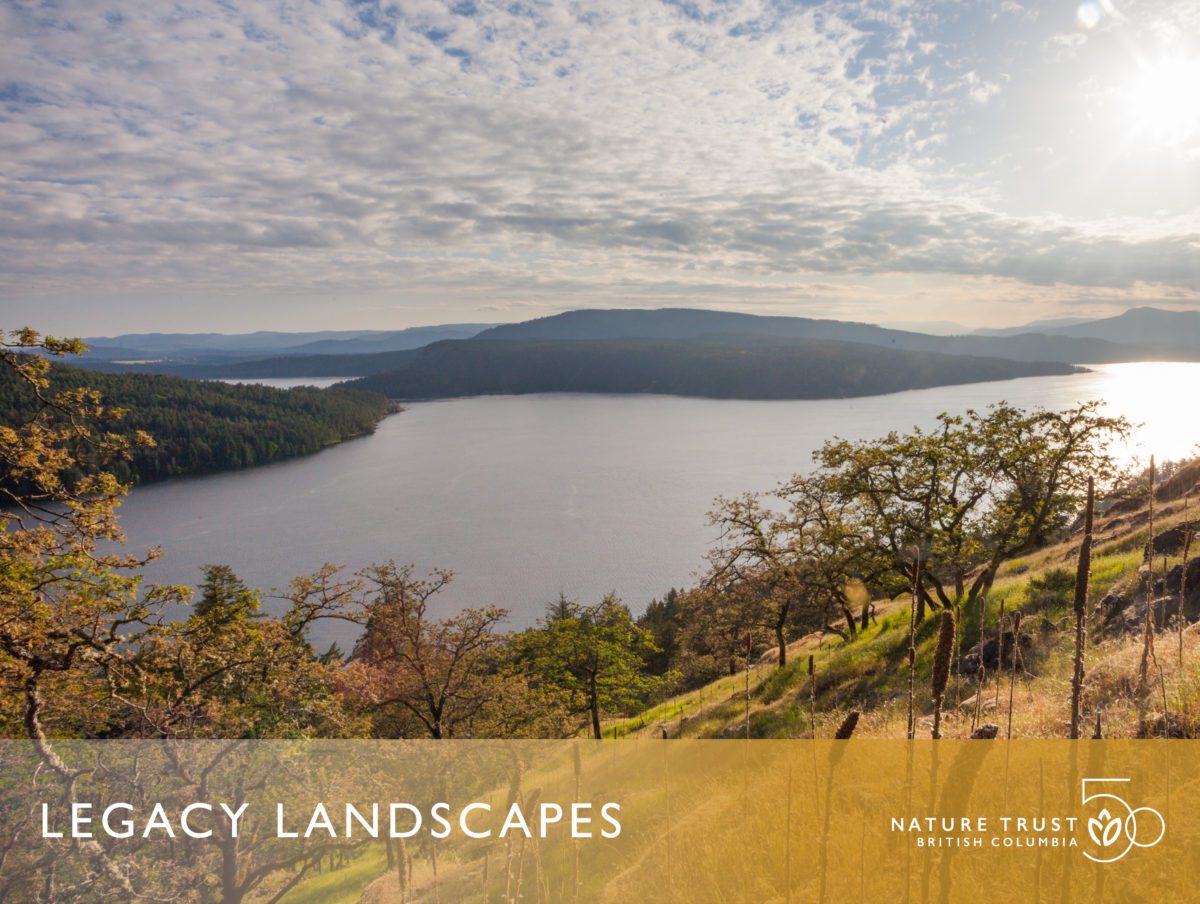
Walk with us through 296-hectares of the Mount Maxwell conservation lands on Salt Spring Island. Standing on a rocky cliff, you can feel a salty breeze from the ocean below. Look upon grassy meadows with gnarled Garry Oak trees, a whole range of this rare ecosystem protected here forever.
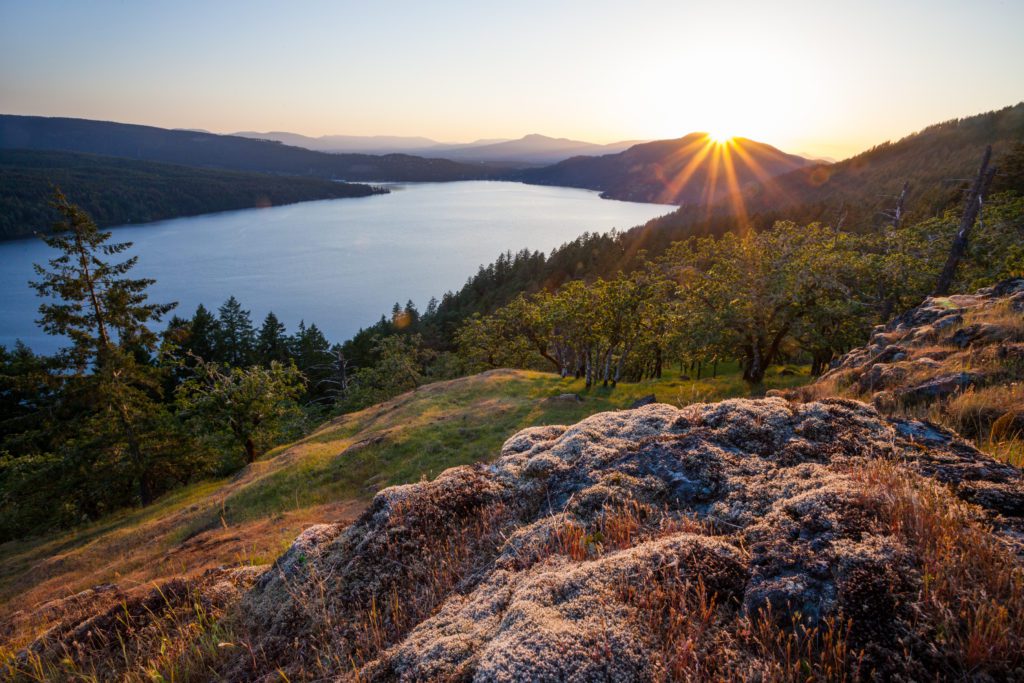
In a forest of mixed conifers you see the nest of a bald eagle perched in a tree branch. Flying through the air you see other birds making their home here, like the rough black shape of a turkey vulture and the pale yellow and grey of a Hutton’s vireo.
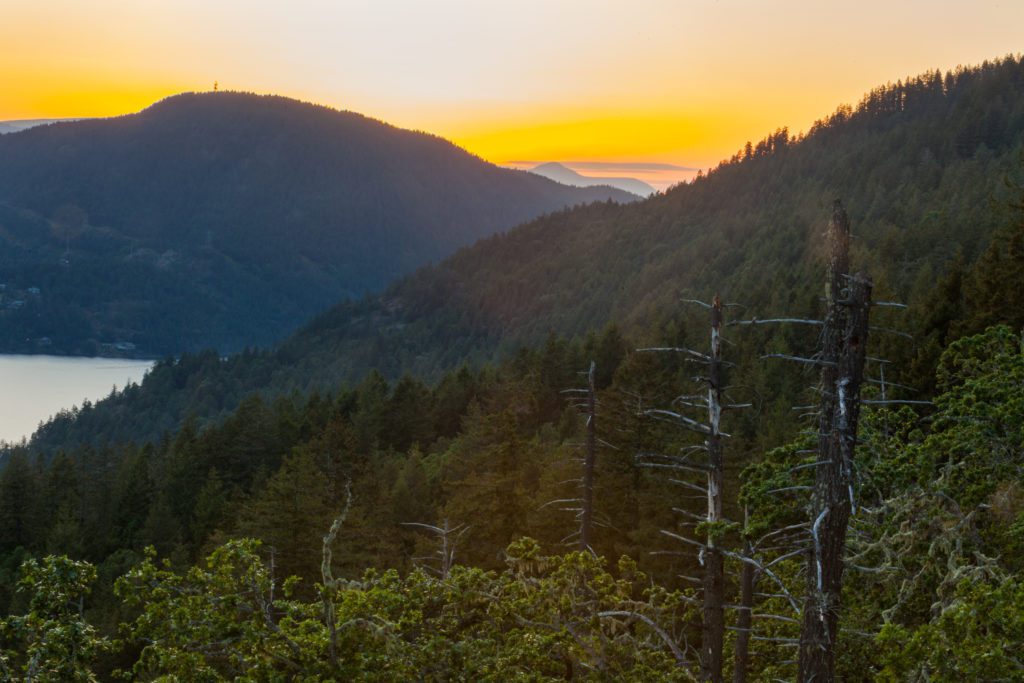
As you walk through the forest your eyes catch on the small bright yellow flowers of the endangered yellow montane violet.
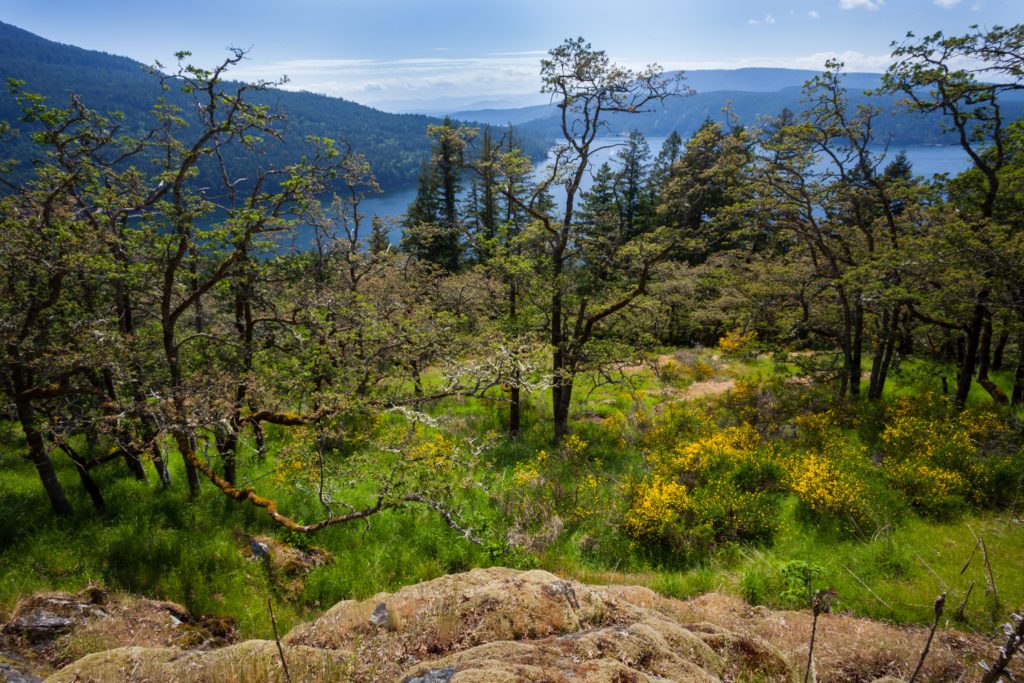
Between the Garry Oaks, you begin to see Douglas firs with the bushy green stalks of oniongrass below, a provincially rare ecosystem.
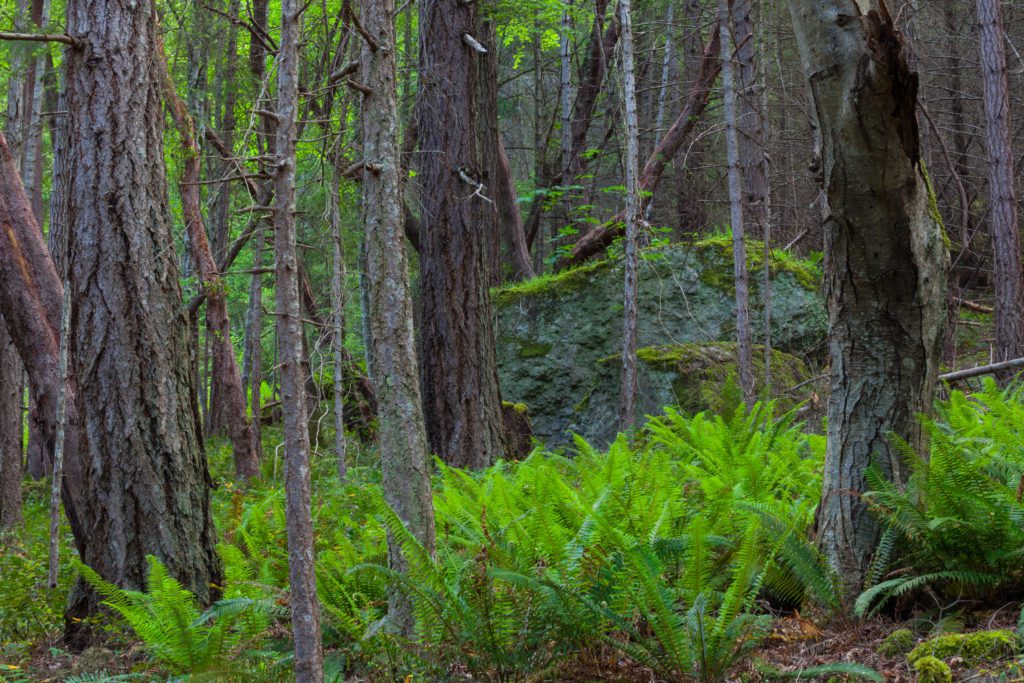
Through the brush you see a quick motion as an alligator lizard scampers past, one of the unusually large population found on Saltspring.
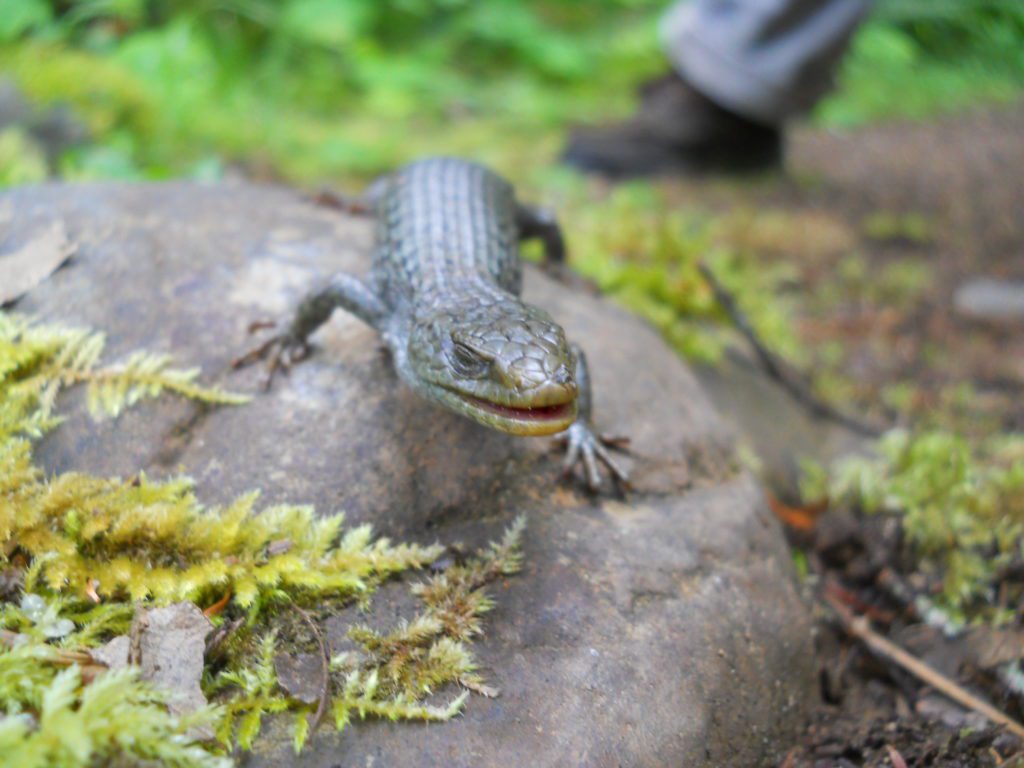
All of this diversity is protected forever so future generations can walk through these lands and see the many species that make their home here, as you can today.
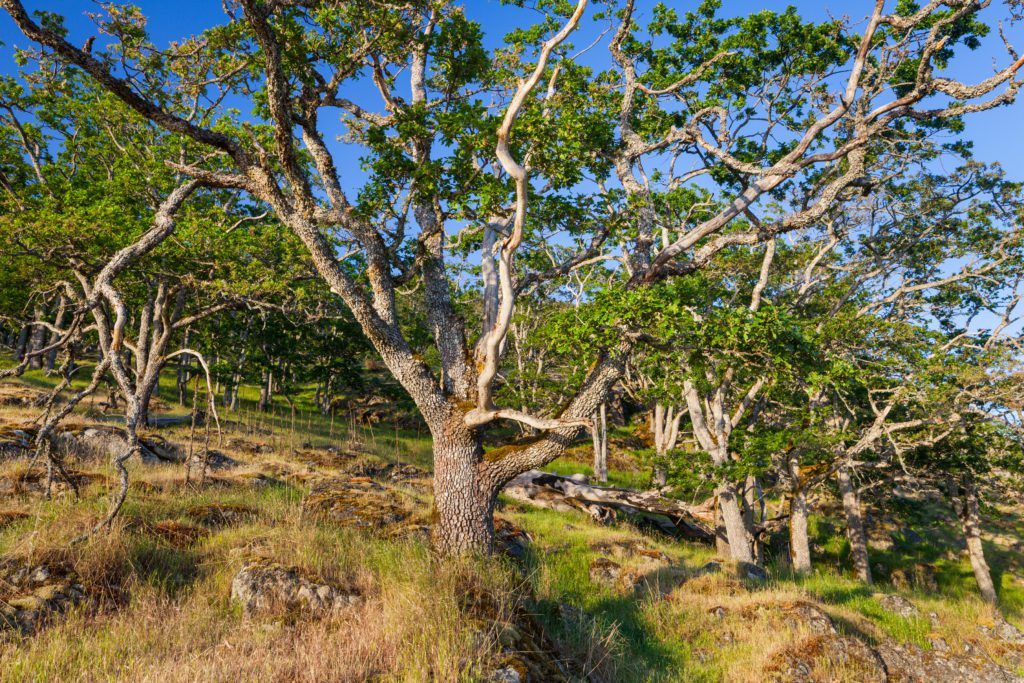
Facts
- From 2001 to 2011, the Nature Trust of BC acquired the 296-hectare property to conserve a rare Garry Oak Woodland. This property is now located within the larger BC Park called Mount Maxwell Ecological Reserve on Salt Spring Island which has many conservation values.
- The Red-listed ecosystems, and mature coniferous and mixed forested ecosystems on the ecological reserve have the ability to support many Red-listed and Blue-listed plant species, including the Red-listed California hedge-parsley, scalepod, Gray’s desert-parsley, and yellow montane violet and the Blue-listed slimleaf onion.
- Wildlife on the property include the coastal black-tailed deer, Townsend’s voles, North American deermouse, red squirrel, raccoons and Pacific chorus frogs, Northwestern and common garter snakes, Northern alligator lizards, and a wide variety of birds (bald eagle, great blue heron, turkey vulture, ruffed grouse, sooty grouse, Hutton’s and Cassin’s vireo, various species of swallows and numerous songbirds).

